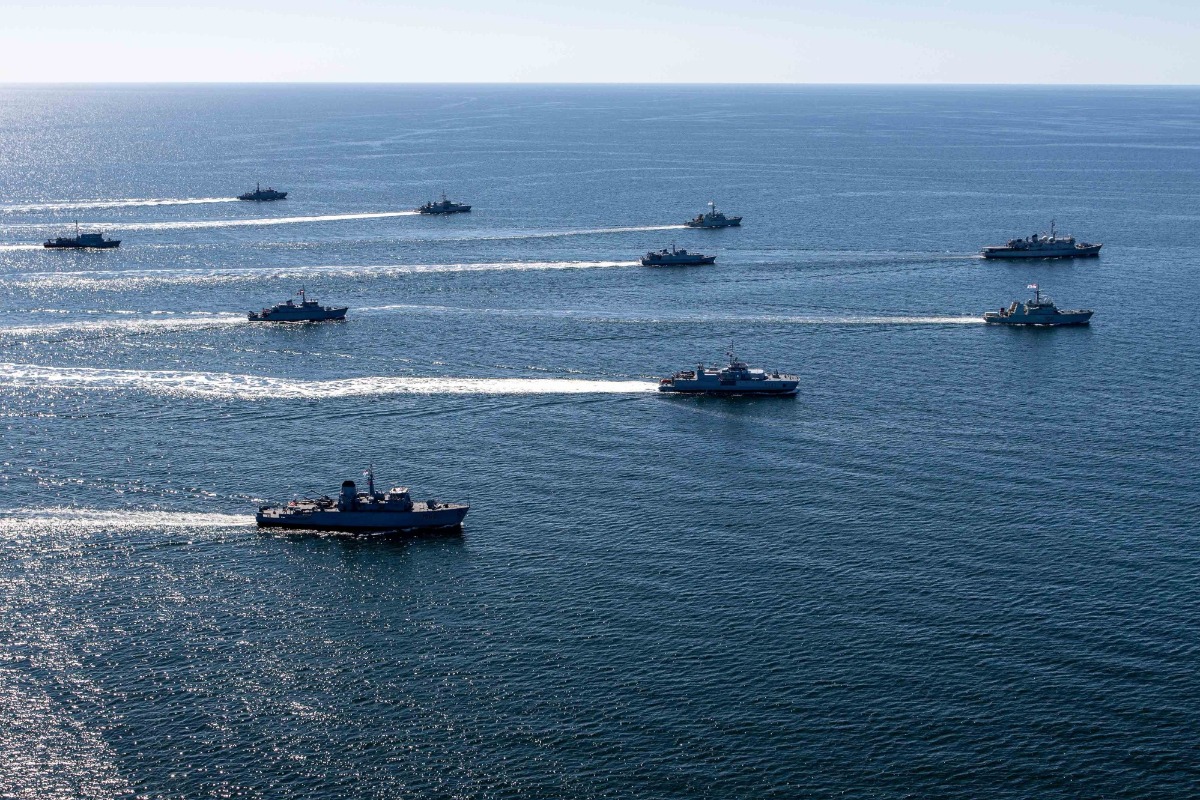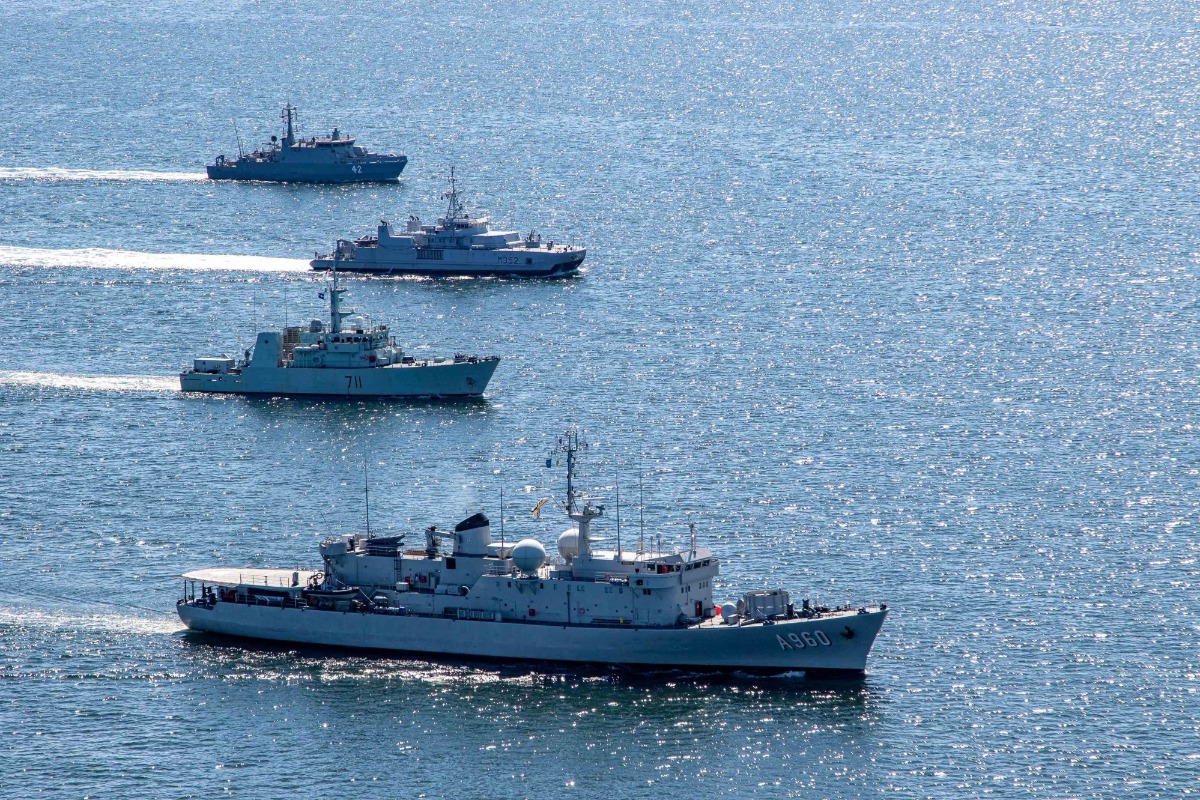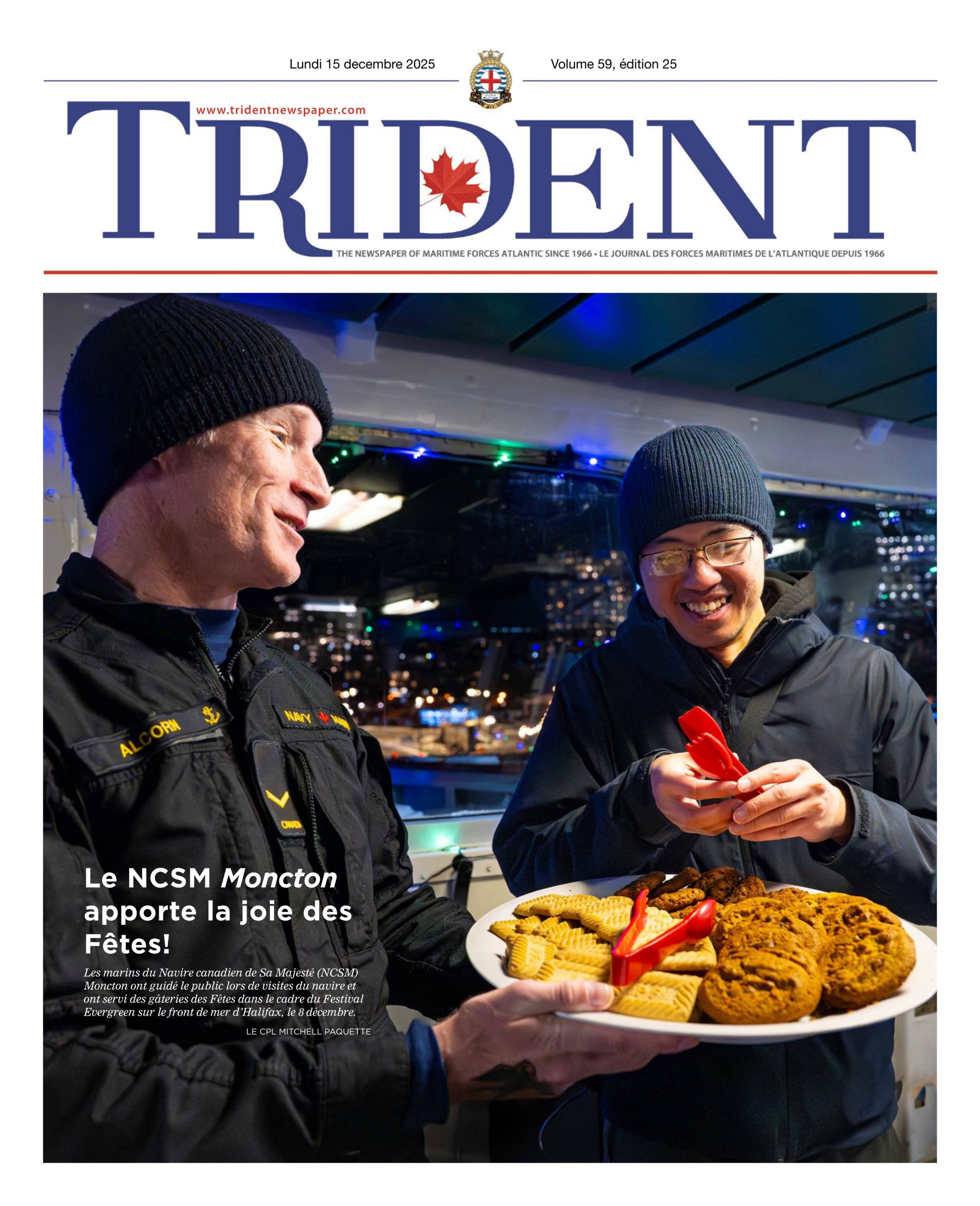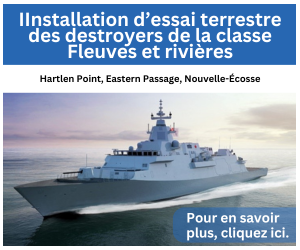
SNGM1
BALTOPS 50 concludes for SNMG1 and RCN ships
By LCdr Mark Fifield,
SNMG1 PAO
Standing NATO Maritime Group One (SNMG1) and Standing NATO Mine Countermeasures Group One (SNMCMG1) concluded their successful participation in US-led exercise BALTOPS 50 on June 18.
Exercise BALTOPS is the premier annual maritime-focused exercise in the Baltic Sea region. It is designed to enhance mutual interoperability and heighten operational readiness while enhancing or otherwise developing military capabilities to operate seamlessly with sea, air, land and amphibious forces of various participating nations. Furthermore, it also aims to deter any possible aggression from potential threats and to reassure regional Allies and partners of the Alliance’s unwavering commitment to protect and defend.
NATO has historically maintained a strong and enduring presence in the Baltic Sea region and considers it to be of deep strategic importance to Alliance’s security, stability and economic interests. In recent years, in line with the security environment in the region, the exercise has continued to evolve to provide NATO and its partner nations with the training and experience required to preserve peace, prevent conflict, promote security and stability, and reinforce the rules-based international order in the Baltic Sea region and beyond.

SNMG1
This year was the 50th iteration of the US-led exercise and involved participation from 16 NATO and two partner nations, including: Belgium, Canada, Denmark, Estonia, Finland, France, Germany, Italy, Latvia, Lithuania, The Netherlands, Norway, Poland, Spain, Sweden, Turkey, the UK, and the US. These nations in turn, contributed approximately 40 maritime units, 60 aircraft, and 4,000 personnel. The training scenario for BALTOPS 50 focused on a naval response to an emerging crisis in the Baltic Sea region with multinational naval units conducting combined maritime security operations to include sea control and freedom of navigation. Air assets involved in the exercise worked with naval forces to provide air defence, maritime domain awareness and support for amphibious operations.
Two of NATO’s four Standing Naval Forces (SNF), SNMG1 and SNMCMG1 respectively, participated in BALTOPS 50 and interacted with each other during a number of scripted and free-play serials in the context of the training scenario. This was the second time this semester that they had interacted in the Baltic Sea, having previously done so in March. Commodore Bradley Peats, Commander of SNMG1, was Commander of SNMG1– HMCS Halifax, HDMS Absalon, HNoMS Storm, HNoMS Gnist and FS Commandant Blaison as well as consorts HMS Albion, RFA Mounts Bay, USS Mount Whitney and USS Thomas Hudner during the exercise. Commander Jan Wijchers (Royal Netherlands Navy), Commander of SNMCMG1, had Command of SNMCMG1 flagship BNS Godetia, HNLMS Zierikzee, ENS Ugandi, FGS Sulzbach-Rosenberg, HNoMS Rauma, HNoMS Maaloy, FS Andromede, LNS Skalvis, HMCS Summerside, HMCS Kingston and FNS Vatherpää.
“I can attest that both NATO Groups and other BALTOPS 50 participants proved that they are highly capable of operating seamlessly in a multi-domain, multi-threat environment where joint warfighting proficiency is essential to mission success,” said Commodore Peats. “There are no easy shortcuts to get to the place we are now – and that is a well trained and equipped Naval Task Group that is highly interoperable, flexible and responsive. Further, there are no substitutes for being out here on the water, putting in the hard work – doing the business. This is why NATO Allies and partner nations participate in these collective defence exercises.”
BALTOPS 50 presented a number of opportunities for both SNMG1 and SNMCMG1 to work together to overcome specific operational challenges presented by the training scenario. For example, SNMCMG1 provided safe passage through the Danish Straits for all units, by clearing Denmark’s Great Belt region of sophisticated sea mines as well as Water-Borne Improvised Explosive Devices (WBIED). This allowed SNMG1 units to safely transit through the straits in order to break out into the Baltic Sea and begin conducting patrols and other assigned tasks. Likewise, SNMG1 escorted and provided protection to SNMCMG1 units as well as to amphibious forces conducting landings ashore.
“The multinational scale and scope of these joint multinational operations brings a lot of advantages to the table with each country bringing their own unique set of skills, capabilities and assets,” said Commander Wijchers. “SNMCMG1 was well trained and equipped with various high-tech Autonomous Unmanned Vehicles ‘to do the job’ to establish and guarantee safe passage for all other allied units so these can push through to conduct amphibious landings. During the clearing of the amphibious landing area three “no play” historical ordnance were found, one aircraft bomb, an old mine and an air to air missile without warhead which proves the importance of MCM even further. By working seamlessly together and playing off each other’s strengths, we adeptly handled every mission or tasking that was given to us.”






